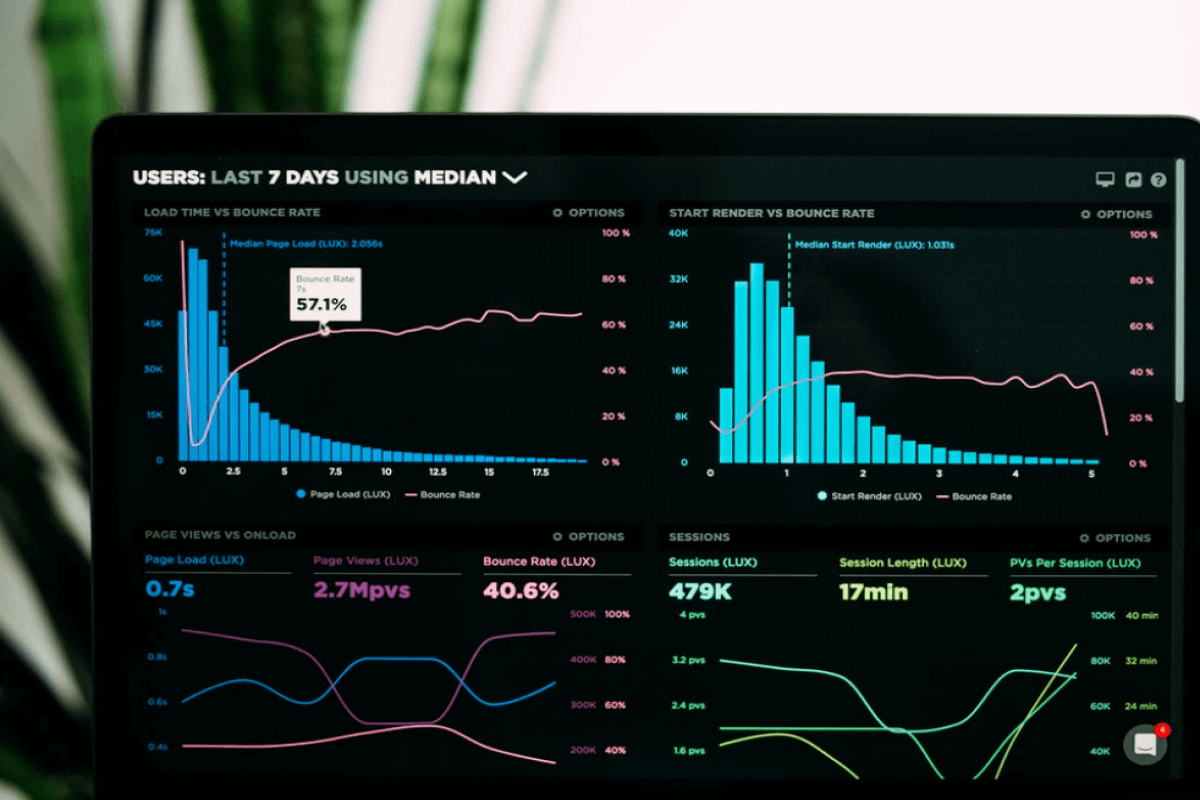
As a tax professional, you want to deliver accurate, strategic guidance to your clients while reducing their tax burden. To help you build your toolbox, learn more about tax loss harvesting, and how to leverage investment losses to reduce taxable gains and optimize after-tax outcomes.
What is Tax Loss Harvesting?
Tax loss harvesting is a strategic tax planning tool that allows taxpayers to offset capital gains with capital losses, potentially reducing their taxable income. More specifically, tax loss harvesting involves selling securities at a loss to offset capital gains realized from other investments. If there is a net loss, it can offset up to $3,000 of ordinary income for individuals ($1,500 if married filing separately), with any remaining losses carried forward to future tax years (IRC §1211(b); IRC §1212(b)).
The concept of tax loss harvesting is nothing new. Taxpayers have always sought methods to reduce their gains. As a result, there have been many abuses over the years leading to a continuous cat and mouse game where the IRS attempts to defeat continuing new strategies that limit capital gain reporting. For instance, at the most basic level, Internal Revenue Code section 1091 (see below for definition) was enacted to prevent wash sales.
Let's look a little closer at these issues to see how you can help your clients leverage this strategy while following tax ethics.
How Does Tax Loss Harvesting Work?
Tax loss harvesting results from taxpayers selling underperforming securities to generate a capital loss which is then used to offset capital gains from other investments. Short-term losses offset short-term gains, and long-term losses offset long-term gains.
If losses exceed gains, the remaining loss can offset up to $3,000 of ordinary income. Finally, to maintain portfolio balance, taxpayers often reinvest proceeds in similar but not ‘substantially identical’ securities to avoid triggering the wash sale rule.
Example of Tax Loss Harvesting
Suppose a taxpayer realizes $10,000 in long-term capital gains from selling Stock A. To mitigate the tax impact, they sell Stock B at a $6,000 loss. This $6,000 loss offsets the $10,000 gain, reducing the net taxable gain to $4,000. If there are no other gains in the tax year, the taxpayer reports the $4,000 gain on Schedule D.
Tax Loss Harvesting Rules
The following are some of the most commonly used code sections and cases in the area of tax loss harvesting:
Wash Sale Rule (IRC §1091)
A wash sale occurs when a taxpayer sells a security at a loss and repurchases a 'substantially identical' security within 30 days before or after the sale. These losses are disallowed for current deduction but are added to the basis of the repurchased security. Discussion of the term “substantially identical” could be an article of its own!
Capital Loss Limitation (IRC §1211)
For individuals, capital losses can only offset capital gains plus up to $3,000 of ordinary income per year, and the excess losses can be carried forward to future tax years as a capital loss carryover. This limitation prevents taxpayers from using investment losses to significantly reduce their taxable income from other sources, while still providing some tax relief for capital losses.
For corporations, capital losses can only offset capital gains (no ordinary income offset is allowed).
Capital Loss Carrybacks and Carryovers (IRC §1212)
This section works in conjunction with IRC § 1211. Corporations can carry capital losses back to each of the three preceding tax years and forward for up to five years (§1212(a)). However, corporate capital losses can only offset capital gains, not ordinary income. For individuals, as we know, unused capital losses (those exceeding the $3,000 annual limitation against ordinary income) can be carried forward indefinitely to future tax years (§1212(b)),
As a point of interest, cryptocurrencies have historically been classified as property rather than securities for tax purposes (Notice 2014-21). As a result, the wash sale rule has not applied to cryptocurrency transactions as of the date of this article.
Advanced Tax Loss Harvesting Techniques
In addition to the basic tax loss harvesting rules previously addressed, there are many sophisticated techniques as well, including Direct Indexing, Tax-Aware Asset Location, and Automated Harvesting Platforms.
Under Direct Indexing, you would own individual securities instead of a mutual fund so you can selectively harvest losses while still maintaining market exposure. Also, while technically not a tax loss harvesting strategy, money managers also tend to use a Tax-Aware Asset Location strategy which seeks to optimize placement of securities in both taxable and non-taxable accounts. For instance, actively managed funds would be placed in IRAs and 401Ks while index funds and long-term growth stocks are held in taxable accounts.
Finally, there are Automated Harvesting Platforms which scour the markets for tax loss opportunities. These platforms use algorithms to monitor portfolios for unrealized losses and execute trades to offset taxable gains, adhering to the wash sale rules set forth by the IRC section §1091.
As an example, let’s assume a taxpayer holds shares of XYZ Corporation purchased at $100 per share. By December 2024, the share price drops to $80. This algorithm identifies the $20 per share unrealized loss and sells the shares of XYZ Corporation. Then to maintain the portfolio's exposure to the sector, the platform reinvests the proceeds into shares of ABC Corporation, which operates in the same industry but is not substantially identical to XYZ Corporation. As a result of this, the $20 per share loss is used to offset capital gains realized from other investments during the year, reducing the taxpayer's overall taxable income.
Benefits and Potential Pitfalls of tax loss harvesting
While the benefits could be quite significant—such as the reduction of taxable income by offsetting gains and up to $3,000 of ordinary income annually—tax loss harvesting also provides an opportunity for strategic portfolio rebalancing without triggering immediate tax liability. This can enhance after-tax returns over time and help investors exit poorly performing positions in a disciplined manner.
Nevertheless, there are downsides as well. For instance, wash sale violations may lead to disallowed losses and added complexity, especially when multiple accounts or frequent trades are involved. There's also the risk of over-concentrating in replacement securities that may not align with the investor’s long-term objectives or risk tolerance. Moreover, the benefits are ultimately limited by the investor’s tax situation, and in some years, the harvested losses may remain unused for extended periods.
Timing Considerations: Year-End vs. Year-Round Harvesting
Don't think that tax loss harvesting is only considered towards the end of the year. Wise investors and wealth managers increasingly recognize the benefits of year-round harvesting as market volatility throughout the year can create opportunities to realize losses that may not be available during the December rush. Finally, it also reduces the likelihood of last-minute errors and missed opportunities that often occur during the hectic year-end tax season.
Take the next step with Becker CPE courses
If you'd like to learn more about tax planning strategies and similar topics, Becker has CPE courses and IRS-approved CE courses that build valuable skills while meeting your continuing education requirements. Check out these courses to learn more:
Get these, plus over 750 on-demand courses, 1,000 live annual webcasts, and weekly CPE podcasts all with your Prime CPE subscription, the leading value in continuing education!







